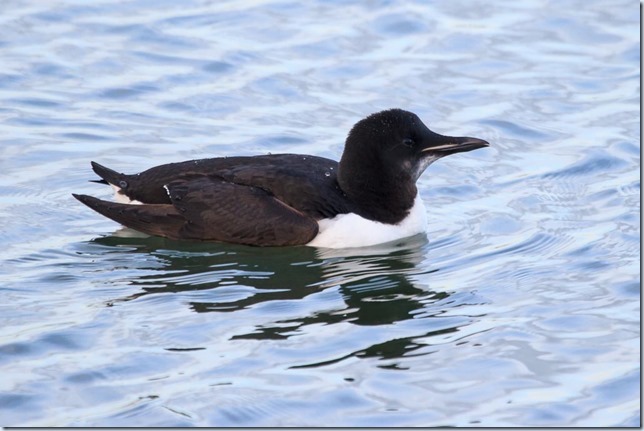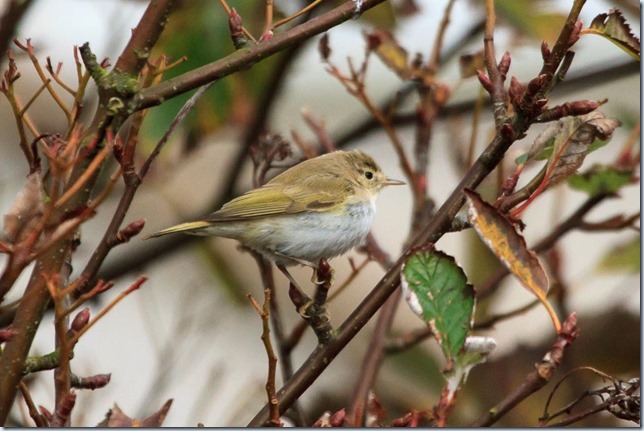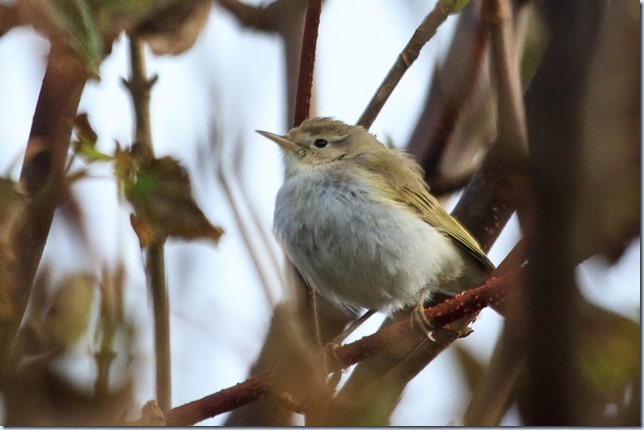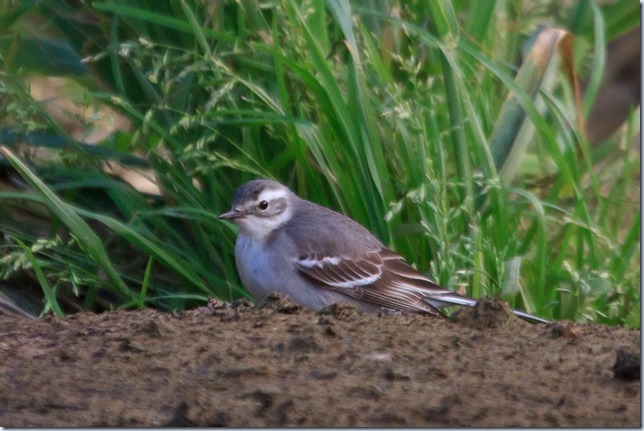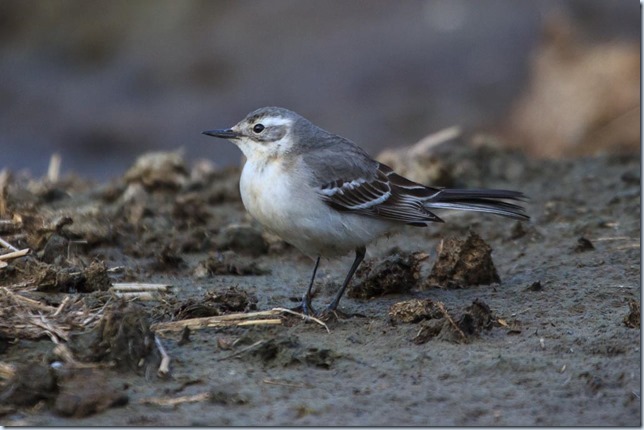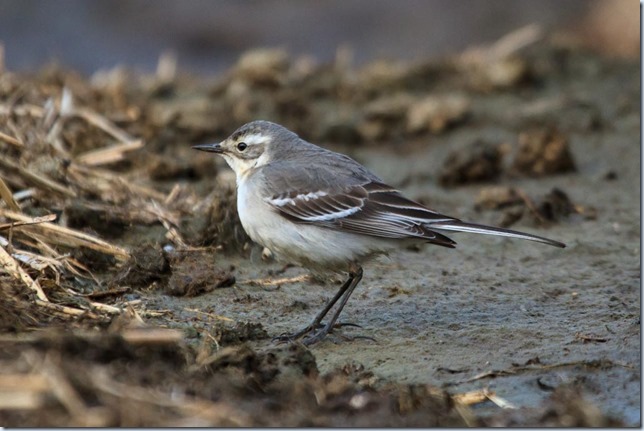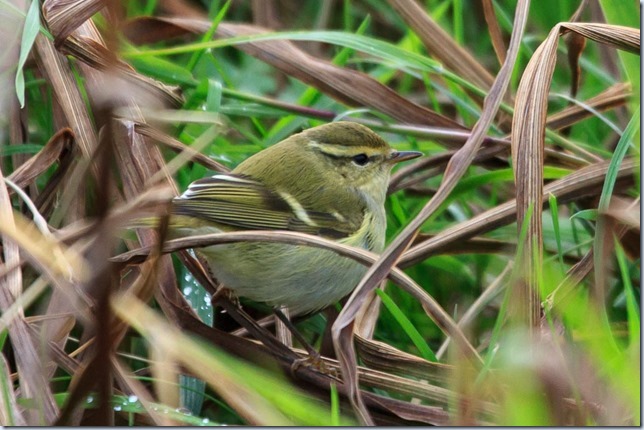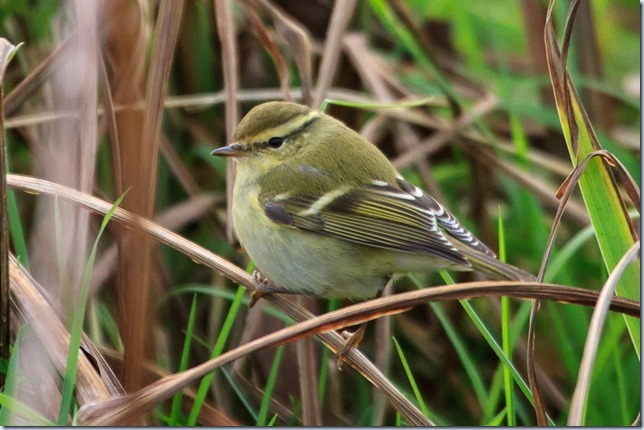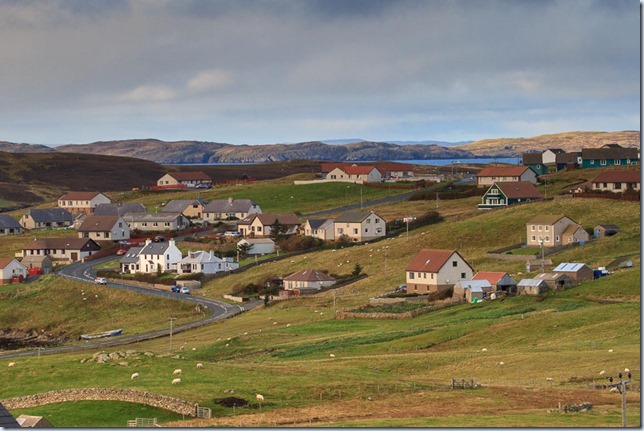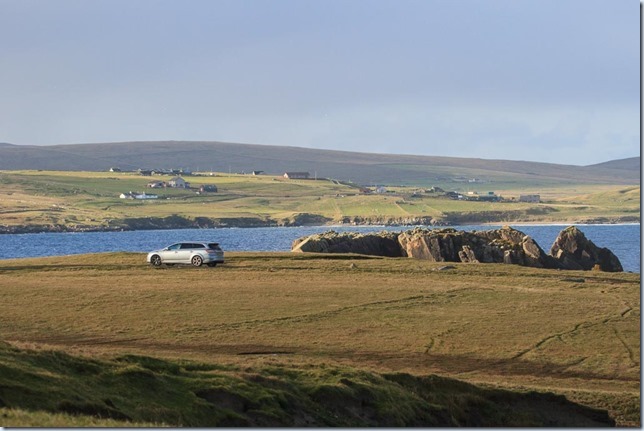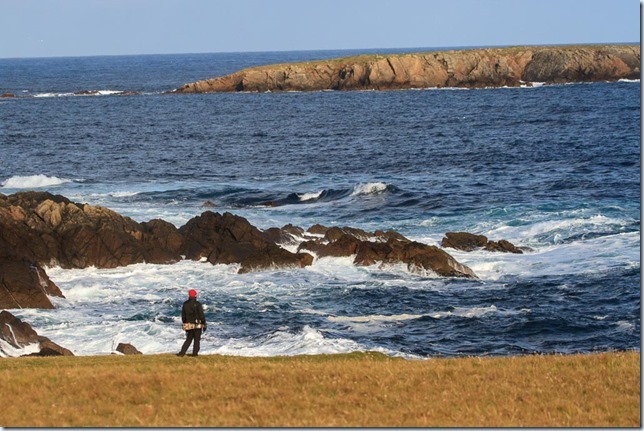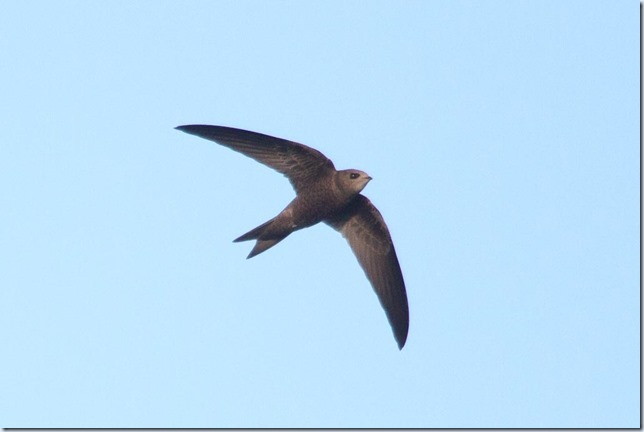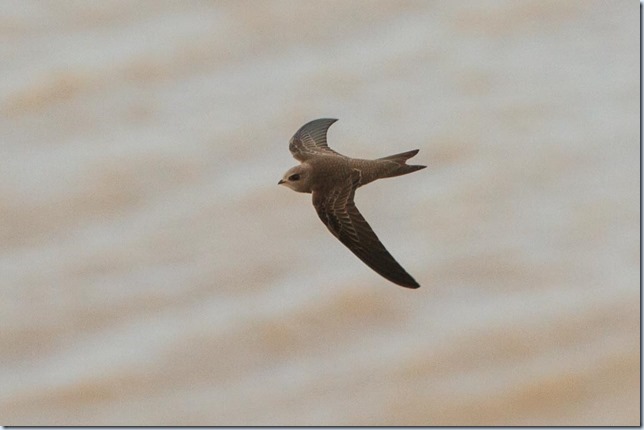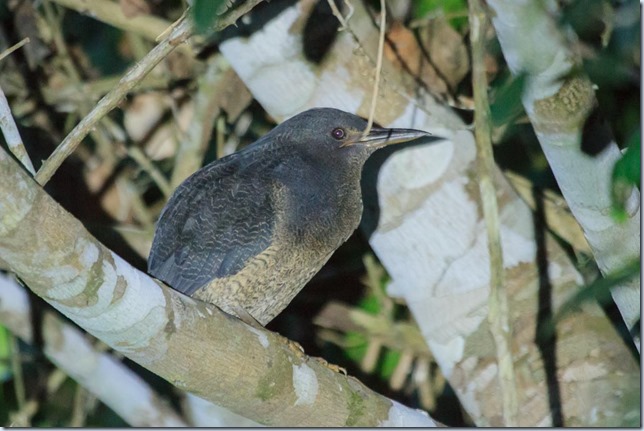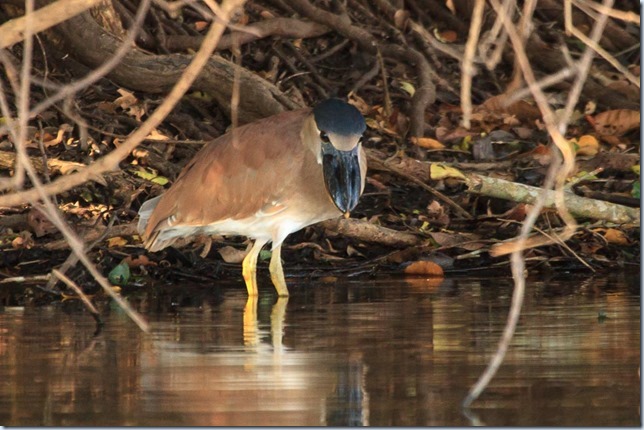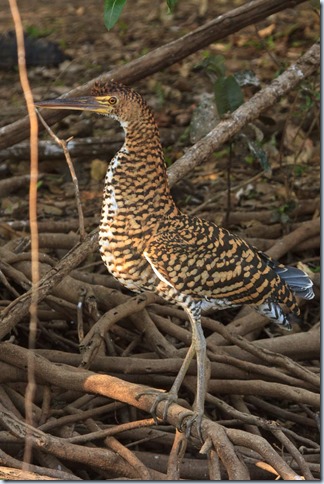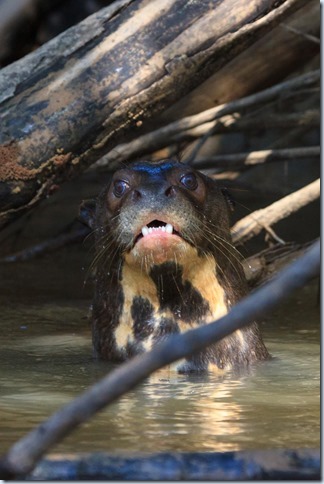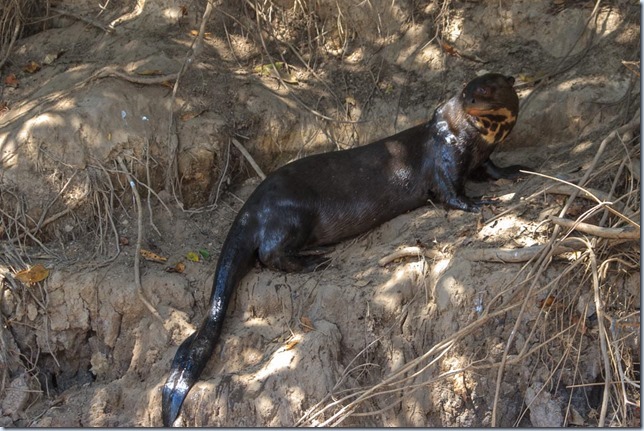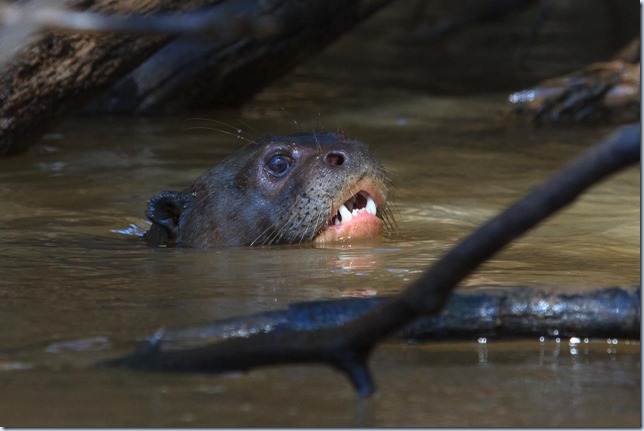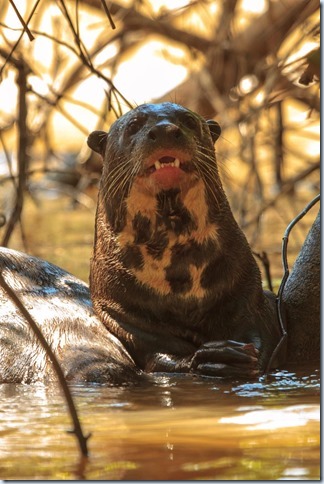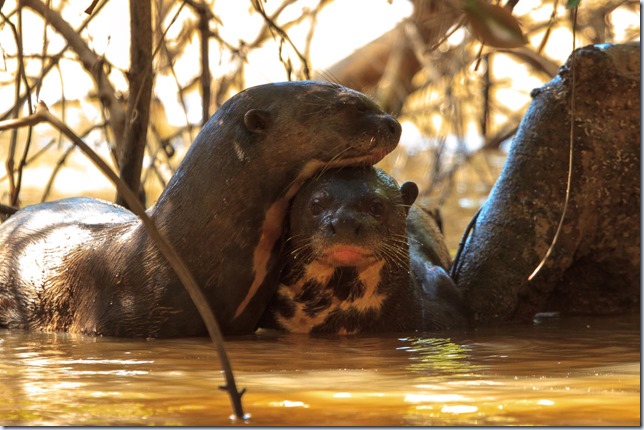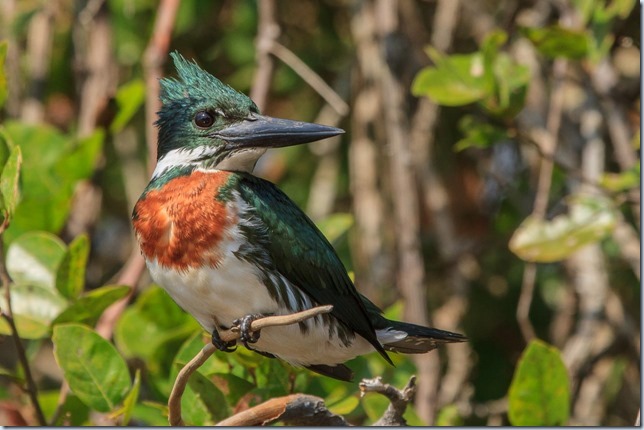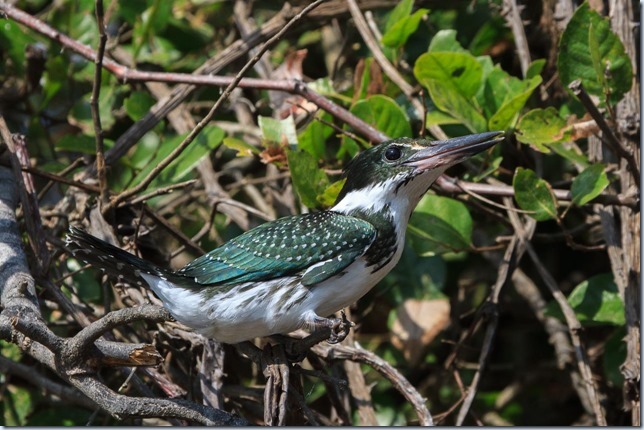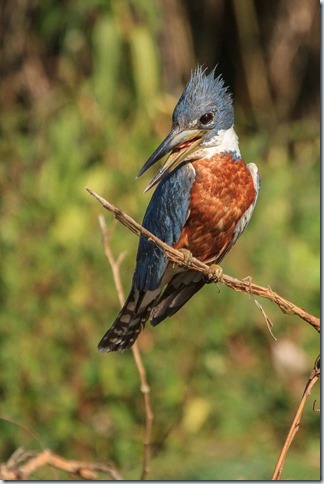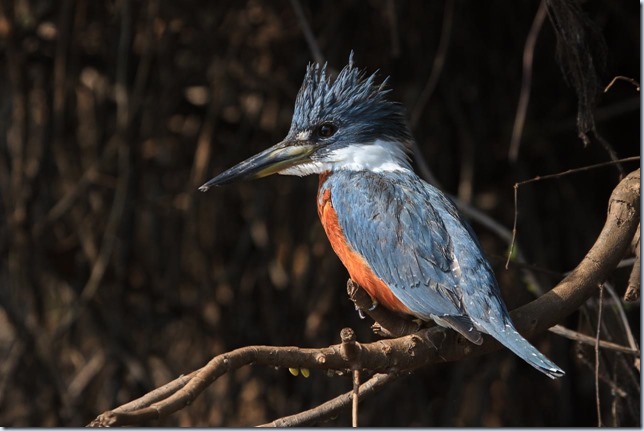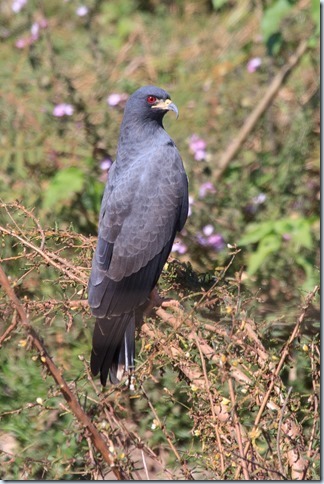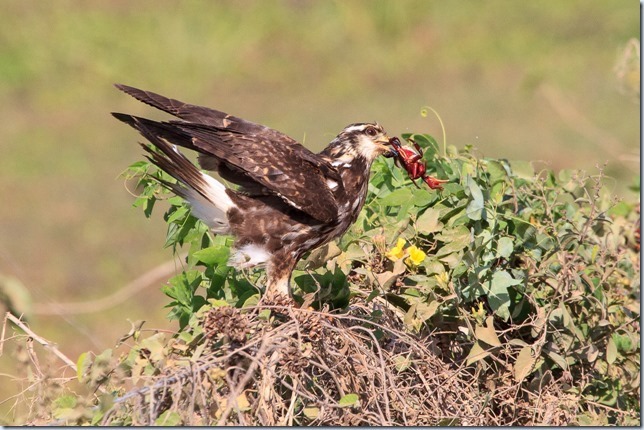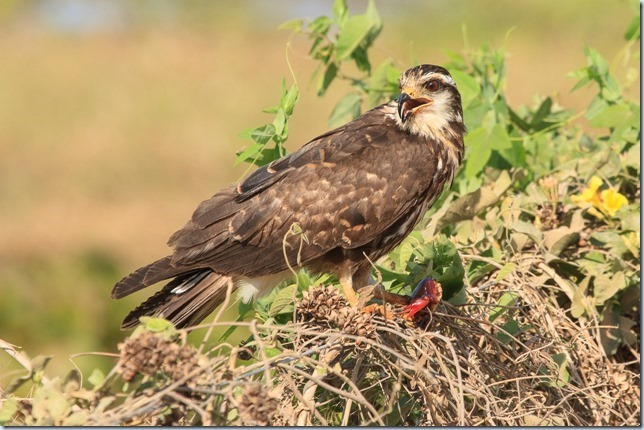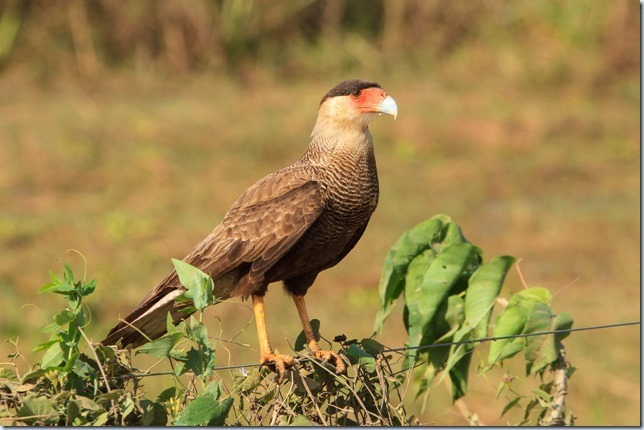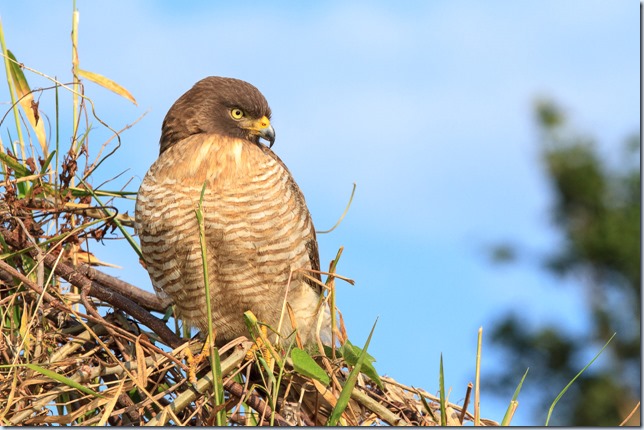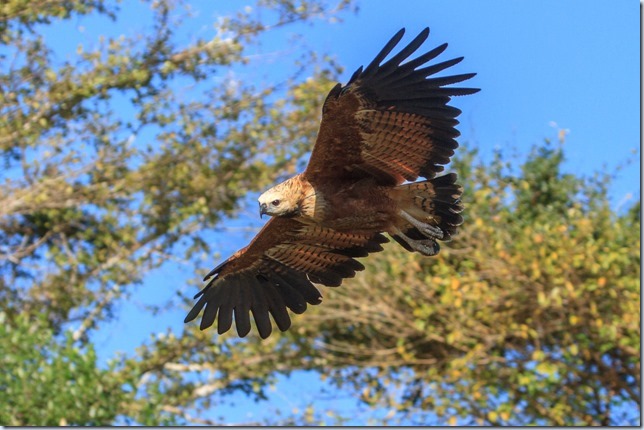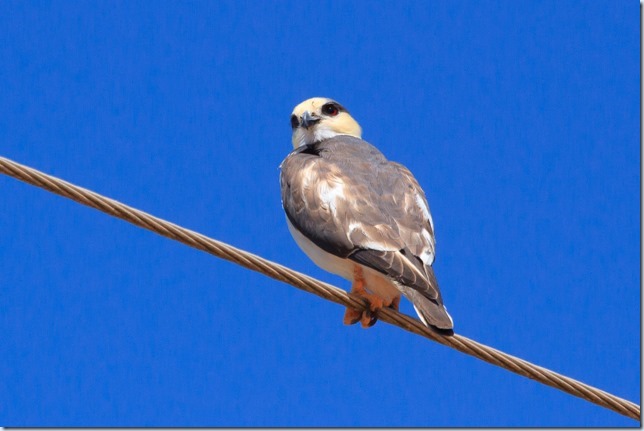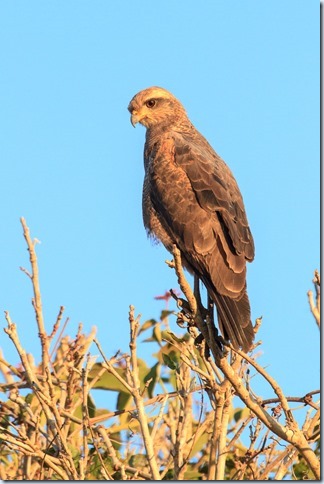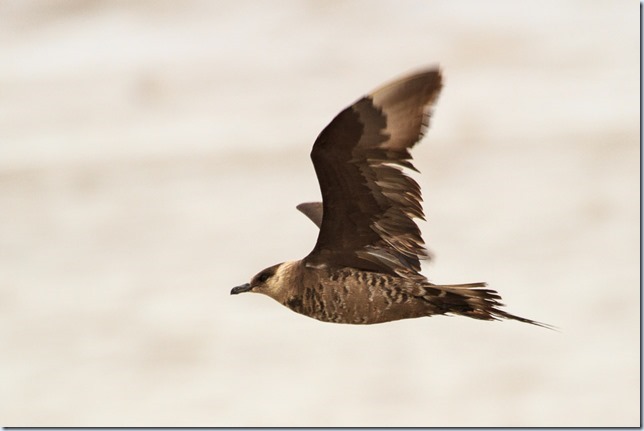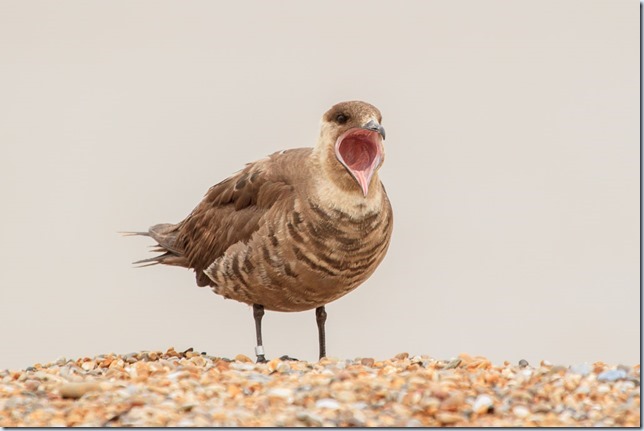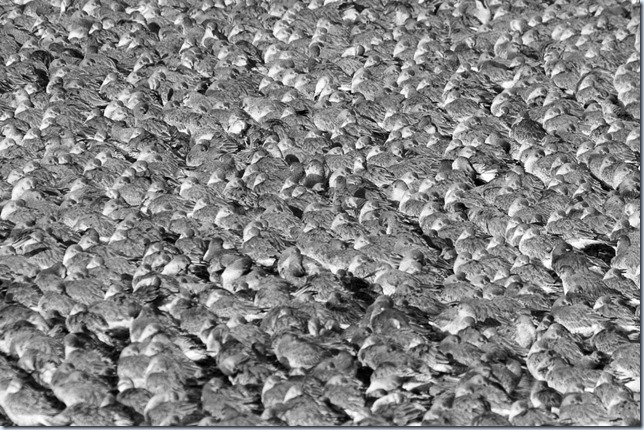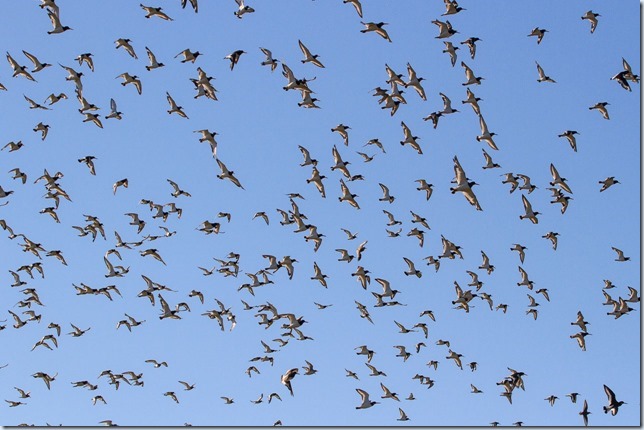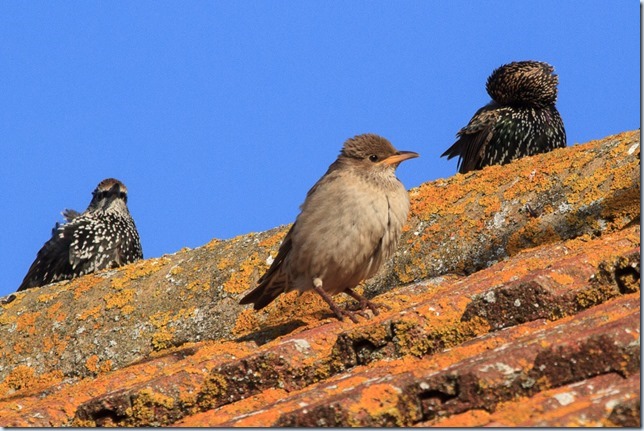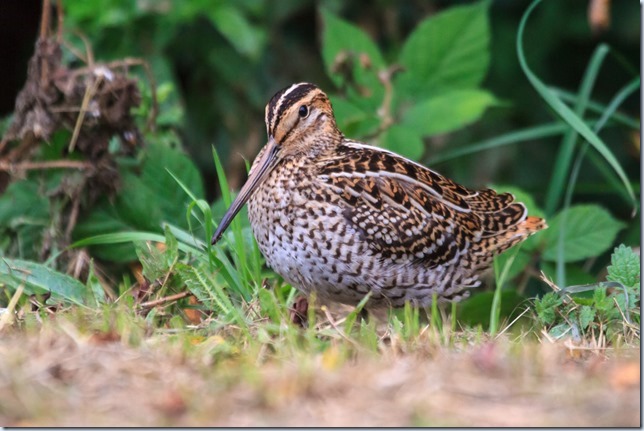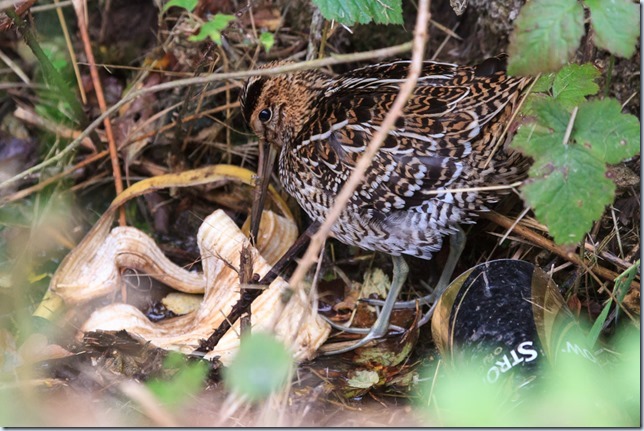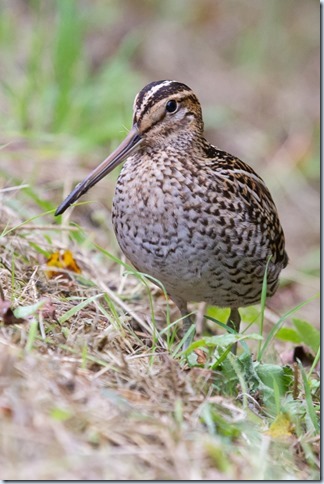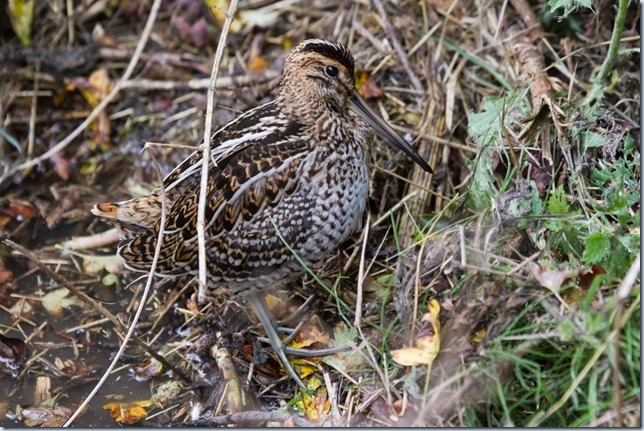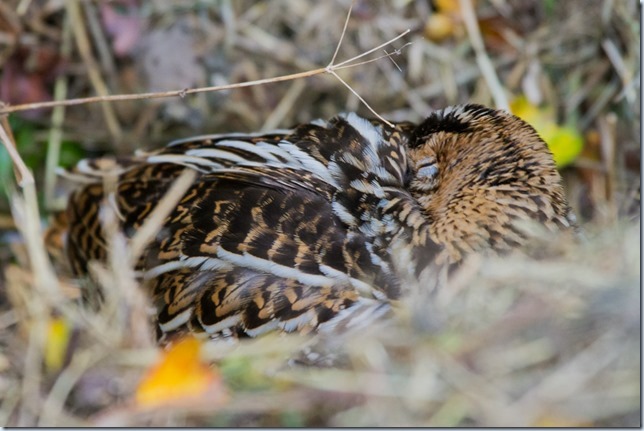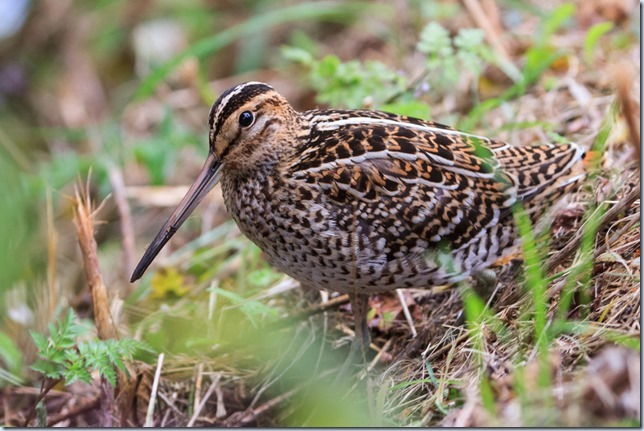This is far from a typical end-of-year review (but there are enough of those out there already). Instead, I’ve spent an hour or two playing around with some new data visualisation tools in the latest version of Excel, and my birding records from the year. If a picture speaks a thousand words, then this is going to be pretty long!
First up: where have I seen anything good this year? The chart below tells the story…
On the left, we have my nine British lifers – I think this validates the story that there’s been lots of amazing birds, but few of them close to home! (You can also see from the colour key that one of the nine was a bit of a tart, the Great Snipe at Kilnsea… but compensated for by the ridiculously good view!)
On the right, we have all the other species that I log all records for – basically anything unusual, scarce migrants and better. The bigger circles (disproportionately big, I reckon?) are sites with multiple goodies: the Uwchmynydd peninsula in Wales, or St. Abbs Head, for instance. One slight surprise from all this is that I’ve not been down to the far southwest at all in 2013… I’ve been missing out! And even though we didn’t have the mass of megas we’d hoped for on Shetland, the rash of bubbles says we didn’t do badly!
Next – how do those lifers’ locations compare to those in the previous five years, say? Those are shown in the following chart:
There’s less scatter here, with a predictable bias towards the south-east. And a few hotspots emerge: Dungeness is in the lead with three (including the tarty, turquoise coloured Melodious Warbler!), and for an inland site, Chew Valley Lake has done well to give me two (Sharp-tailed Sand and Franklin’s Gull). Portland has two more megas (Eastern Bonelli’s and Collared Fly), as well, to put alongside this week’s unexpected Alcid addition.
But that wide distribution is a huge change to how my birding started as a teenager in the early 90’s! No national twitching back then, as the next pic illustrates – this is all lifers between 1992 (at the start of which I had a British list of around 230) and 2003 (when I graduated from university, with the list on around 310):
Clearly, it was all about East Anglia, with just a tiny handful of holiday bonuses elsewhere!
Obviously I’ve had plenty of excellent birding up there since then as well.So the next chart illustrates that region in more detail, showing all notable records from 1992 to date, again with lifers on the left and everything else on the right.
Looking at the lifers, there’s clearly no shortage of quality in that lot! This clearly reveals a tendency to only go for rarer birds further away from the area where I grew up, near Great Yarmouth – for instance, Canvasback and Pied-billed Grebe in west Norfolk… and the navy megas in south Suffolk are all relatively recent.
On the right-hand side, you can see some happy hunting grounds highlighted with larger circles: for instance, Minsmere, Lowestoft, Winterton, and Sheringham (dominated by seawatching records, principally ‘local’ birds in a big turquoise slice of the pie). And of course, the North Norfolk coast is simply littered with great birds – shown below in more detail:
No prizes for guessing where Cley is here… the best site for sheer number of species for me, anywhere in the country – though Rainham is certainly punching above its weight here!
And I could easily go on – where on earth have I seen exactly 100 Yellow-browed Warblers, 26 Red-backed Shrikes or 21 Pec Sands? Where have I seen most stuff on Shetland, or Scilly? What are the peak weeks of the year for scarcities, rarities, and megas?
But in conclusion for now, I hope this just goes to show the value in keeping records over a period of time, since it’s easier and easier to draw out patterns and insight as better software comes along. I’m already thinking that I need to keep more data electronically – perhaps all species, not just the rarer ones, with full counts? And then I should submit it all to the BTO, so they can draw much more interesting (and important) conclusions from the data, across all observers, as they’ve done with the excellent Bird Atlas.
Maybe there’s a New Year’s resolution in there somewhere?






